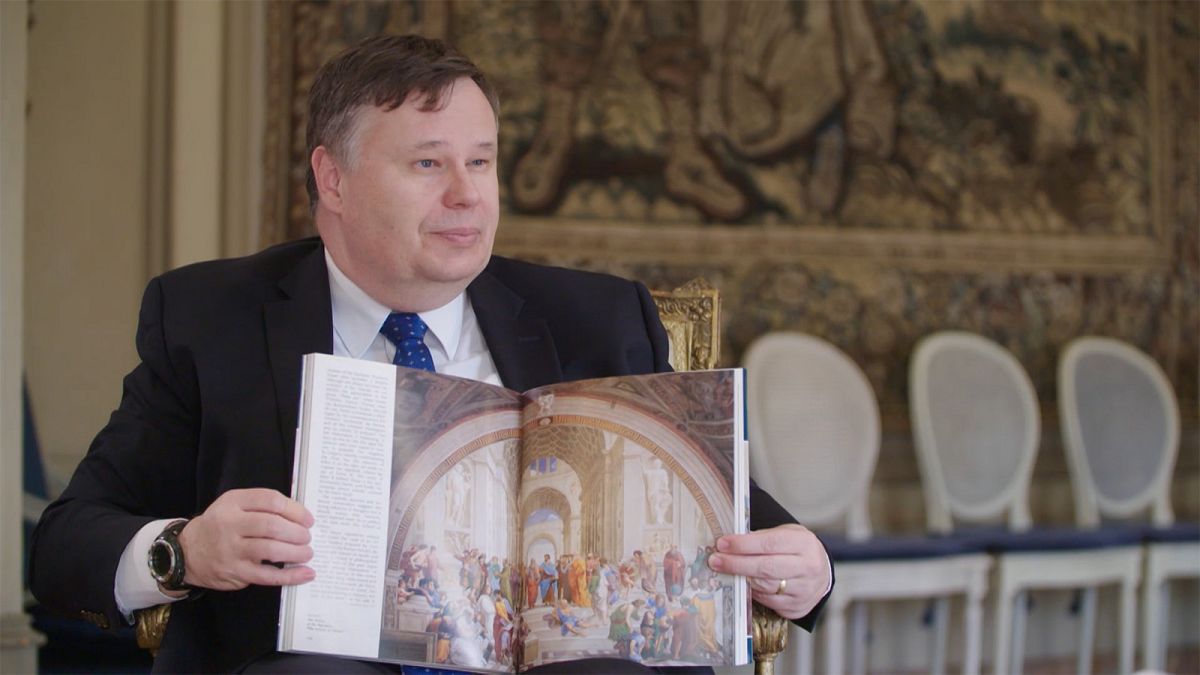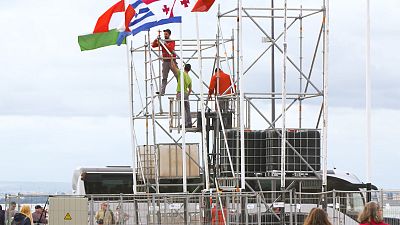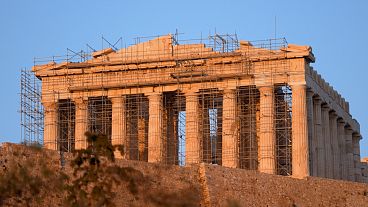The Director of the International Monetary Fund’s Europe Office, Jeffrey Franks, likens the EU’s goal of convergence to the paintings of Renaissance masters like Raphael and Michelangelo
The Director of the International Monetary Fund’s Europe Office, Jeffrey Franks, likens the EU’s goal of convergence to the paintings of Renaissance masters like Raphael and Michelangelo. He says that the idea of many lines converging to one focal point in a painting is similar to the goal of the founders of the euro, wanting countries and citizens of different income standards to converge and be equal to each other over a period of time.
_"In the 1400s, the artist Brunelleschi discovered how to make two-dimensional paintings look three-dimensional, with perspective it’s called. That involved picking a point in the painting where all the objects in the painting converge into one point. Since we are talking about convergence, that’s what I thought I would do. So I brought along a very famous painting from the Vatican by Raphael and this is in the Studio (School) of Athens and this shows famous ancient Greek philosophers and what you can see here is that all the points converge to right between Socrates and Plato.
_
"In the same sense, in economic terms, I think that the people who envisaged the formation of the euro as a common currency were looking into the future and seeing economies converging together in the distance. And that, I think, is what is happening artistically as well as economically or what should be happening economically.”



